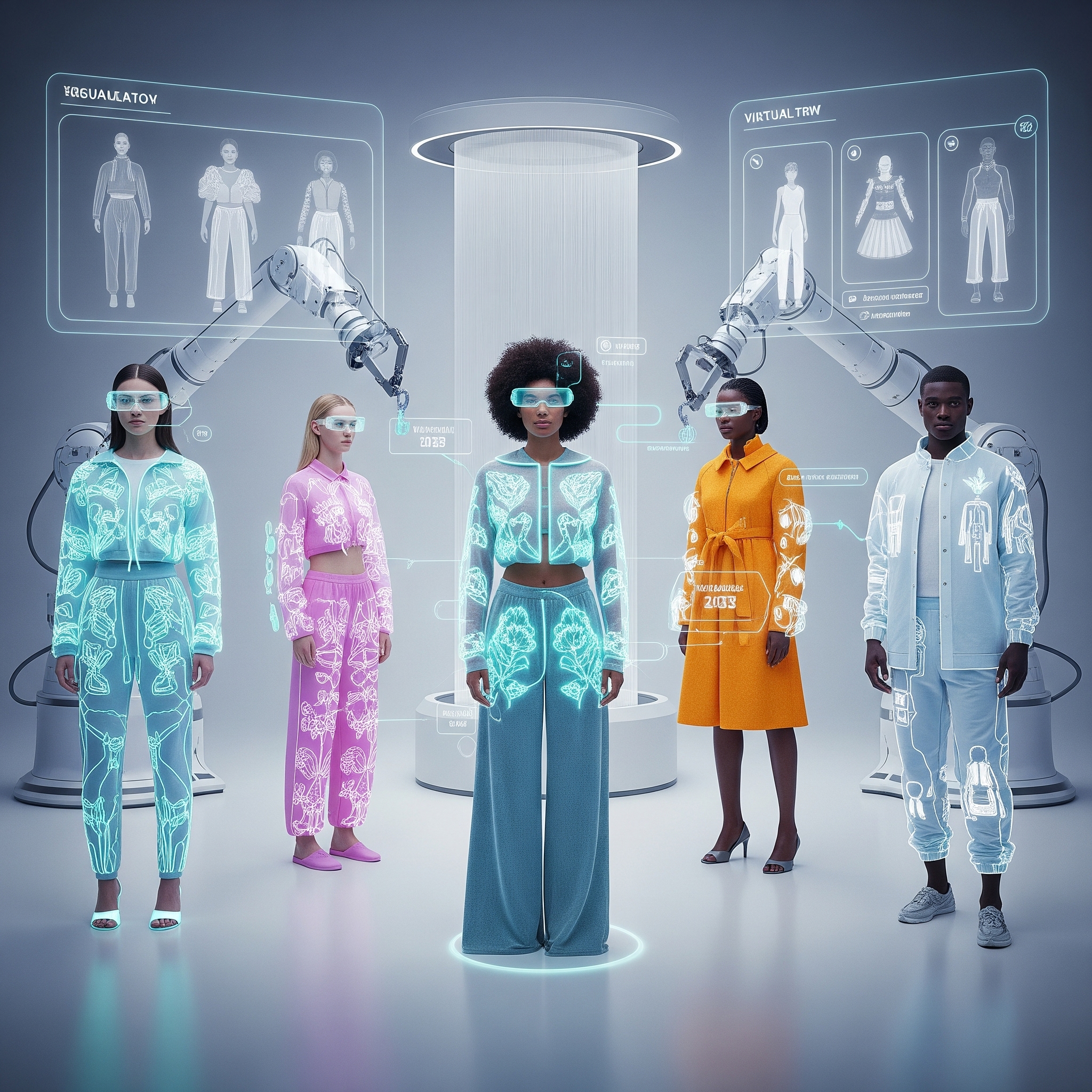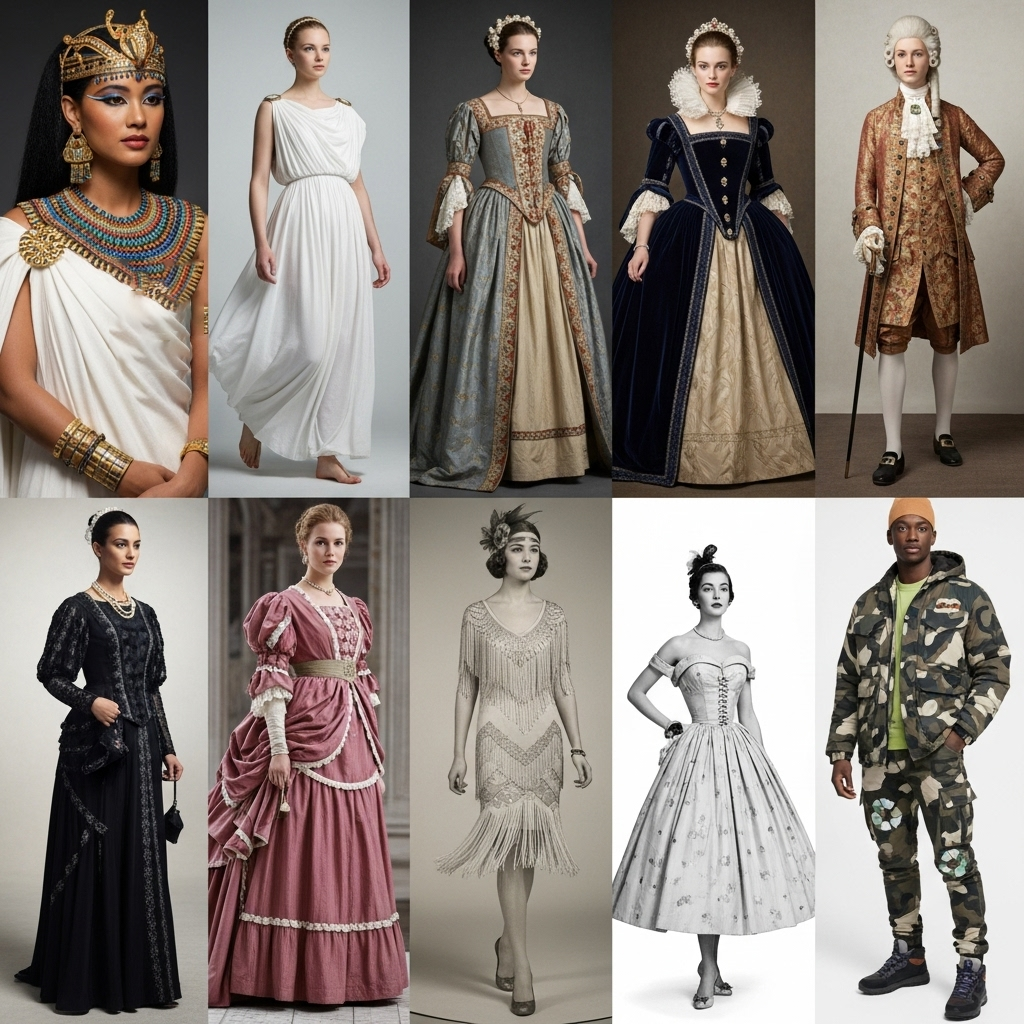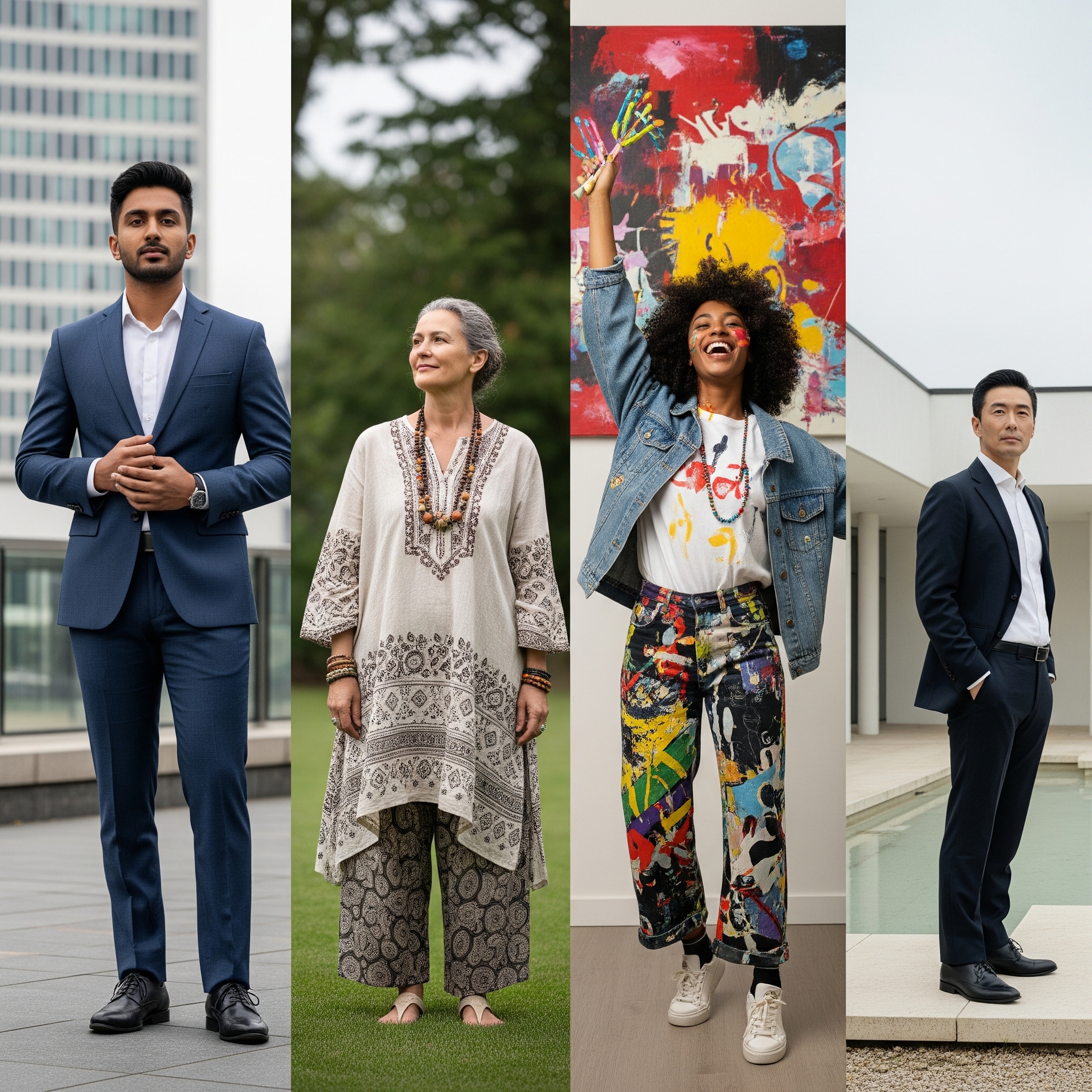No products in the cart.: $0.00
The Future of Fashion: Innovation, Sustainability, and Personalization

The fashion industry, long driven by trends and consumerism, stands on the precipice of a transformative era. Emerging technologies, growing environmental concerns, and a shifting consumer mindset are collectively shaping a future where fashion is more innovative, sustainable, and intensely personalized. This isn’t just about new styles; it’s about a fundamental redefinition of how clothes are designed, produced, consumed, and even experienced.
One of the most significant forces driving this change is sustainability. The environmental impact of fast fashion – from excessive water consumption and chemical pollution to textile waste – has become undeniable. The future of fashion will see a massive push towards circularity, where products are designed to be reused, repaired, and recycled, minimizing waste and maximizing resource efficiency. This includes the development of innovative, eco-friendly materials like lab-grown leather, mushroom-based fabrics, and recycled ocean plastics. Brands will increasingly adopt transparent supply chains, allowing consumers to trace the origin and environmental footprint of their garments. Repair and rental services will become mainstream, encouraging consumers to value longevity over constant newness. The concept of “pre-loved” or second-hand fashion will continue to shed its stigma and become a preferred choice for many.
Technological innovation is another cornerstone of fashion’s future. Artificial intelligence (AI) and machine learning are already revolutionizing design processes, predicting trends, and optimizing inventory. AI-powered algorithms can analyze vast amounts of data to identify emerging styles, allowing designers to respond more quickly to consumer demand and reduce overproduction. In production, 3D printing and robotic manufacturing will enable on-demand production, reducing waste and lead times. Imagine custom-fit garments printed at home or at local hubs, eliminating the need for traditional factories. Augmented reality (AR) and virtual reality (VR) will transform the shopping experience, allowing consumers to “try on” clothes digitally from the comfort of their homes, reducing returns and enhancing convenience. Virtual fashion, where digital garments are designed for avatars in metaverses and online games, is also a rapidly growing segment, blurring the lines between physical and digital wardrobes.
Personalization will move beyond simply offering different sizes and colors. The future of fashion will be hyper-personalized, catering to individual body shapes, preferences, and even emotional states. Body scanning technology will allow for perfectly tailored garments that fit like a second skin. AI will recommend outfits based on personal style, weather, and even calendar events. The rise of direct-to-consumer models will enable brands to build deeper relationships with individual customers, offering bespoke services and unique products. Consumers will become co-creators in the design process, customizing elements of their clothing to truly reflect their unique identity. This shift from mass production to mass customization will empower consumers and foster a deeper connection with their wardrobe.
The retail landscape will also undergo significant transformation. Physical stores will evolve from transactional spaces into immersive brand experiences, blending retail with entertainment and community building. Pop-up shops, interactive installations, and personalized styling services will become more prevalent. E-commerce will continue to grow, but with enhanced virtual try-on experiences and faster, more sustainable delivery options. The line between online and offline shopping will blur, creating a seamless omni-channel experience.
Furthermore, the concept of “fashion as a service” will gain traction. Subscription boxes tailored to individual styles, rental services for special occasions, and even clothing libraries will offer alternatives to traditional ownership. This model promotes a more circular economy and reduces the need for constant consumption, aligning with both sustainability goals and the growing desire for convenience and flexibility.
Finally, the human element will remain critical. While technology will automate many processes, creativity, artistry, and ethical considerations will become even more paramount for designers and brands. The future of fashion will be about conscious creation – designing with purpose, empathy, and a deep understanding of both human needs and environmental responsibility. It will be a fashion that is inclusive, celebrating diverse body types, cultures, and identities.
In essence, the future of fashion is not just about what we wear, but how we wear it, how it’s made, and its impact on the world. It will be a dynamic interplay of cutting-edge technology, a strong commitment to environmental stewardship, and an unwavering focus on the individual. This evolving landscape promises a more responsible, innovative, and deeply personal connection to our clothes, shaping a wardrobe that truly reflects the values and aspirations of the 21st century and beyond.



